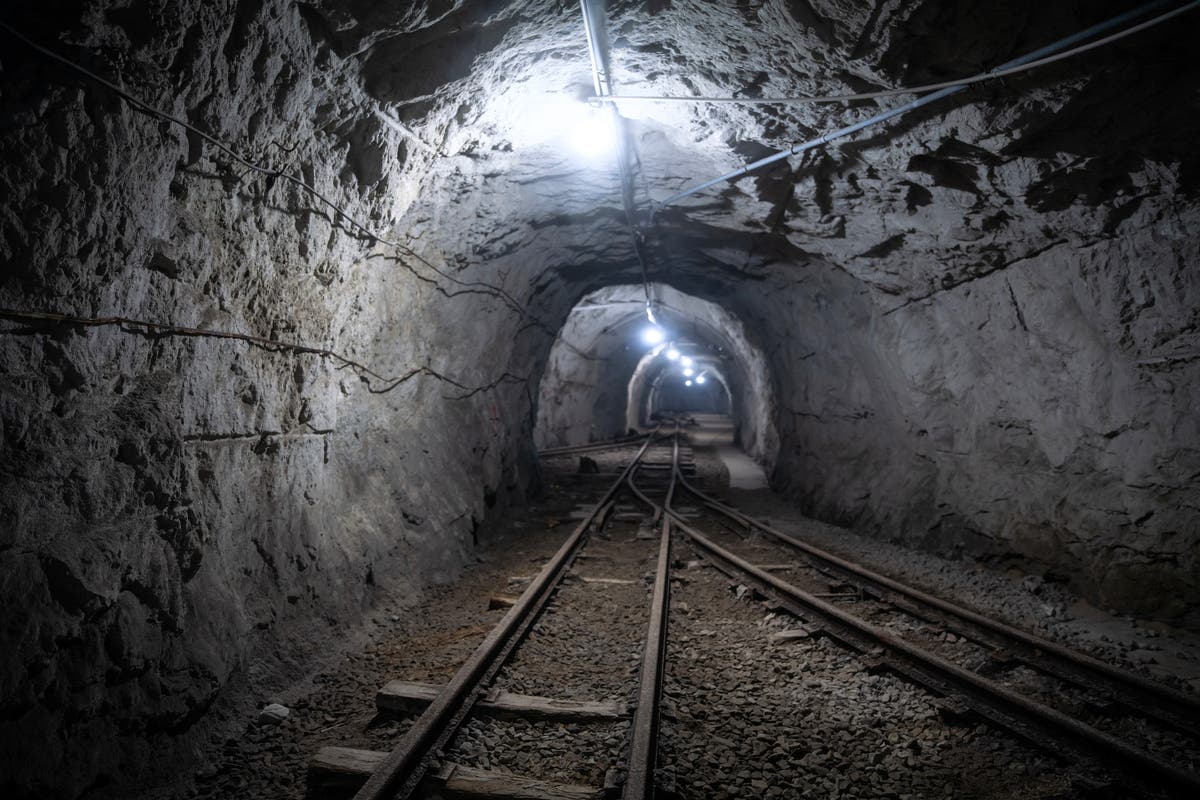An abandoned mine in Finland is set to be transformed into a giant battery to store renewable energy during periods of excess production.
The Pyhäsalmi Mine, roughly 450 kilometres north of Helsinki, is Europe’s deepest zinc and copper mine and holds the potential to store up to 2 MW of energy within its 1,400-metre-deep shafts.
The disused mine will be fitted with a gravity battery, which uses excess energy from renewable sources like solar and wind in order to lift a heavy weight. During periods of low production, the weight is released and used to power a turbine as it drops.



I googled
Pyhäsalmi Mine gravitricity "2 MW"and EVERY article covering this has also cited 2 MW.Now, under Occam’s Razor, what’s more likely:
I don’t know which one it is. But I’d generally lean against 1.
Or is all just LLMs summarising the same badly translated source.
Though btw, I also think it’s fascinating the difference if you look up
Pyhäsalmi Mine gravitricity "2 MW"vsPyhäsalmi Mine gravitricity "2MW"You’ll get different articles entirely
#2 is certainly food for thought. So the idea is that from a journalistic fact-checking point of view, it is more important to convey the information exactly as it was presented than to verify its accuracy?
This would explain why science/engineering-based articles are so commonly inaccurate or missing in critical details. The journalist can fall back on saying “I have a recording of an interview with the expert after we downed a few pints at the pub, and I’m just parroting back what he said. Don’t shoot the messenger!”
Just FYI, you need an escape backslant (\) preceeding the octothorpe (#) to not have your entire first paragraph bolded.
TIL that # is called an “octothorpe”. Thank you kind stranger.
Noted. Thanks!
I’d honestly prefer raw parroting in most cases, even if it’s “obviously” wrong. I don’t want people selectively interpreting the facts as have been conveyed to them, unless they’re prepared to do a proper peer review.
That’s what [sic] is for though. You fact check, and then leave the quote as the press release had it.
The problem is that most of these articles are basically reprinting of the press release without any editorial additions at all.
I’d wager they let bots crawl articles and have said ai bots rewrite them slightly. Internet journalism is completely lost.